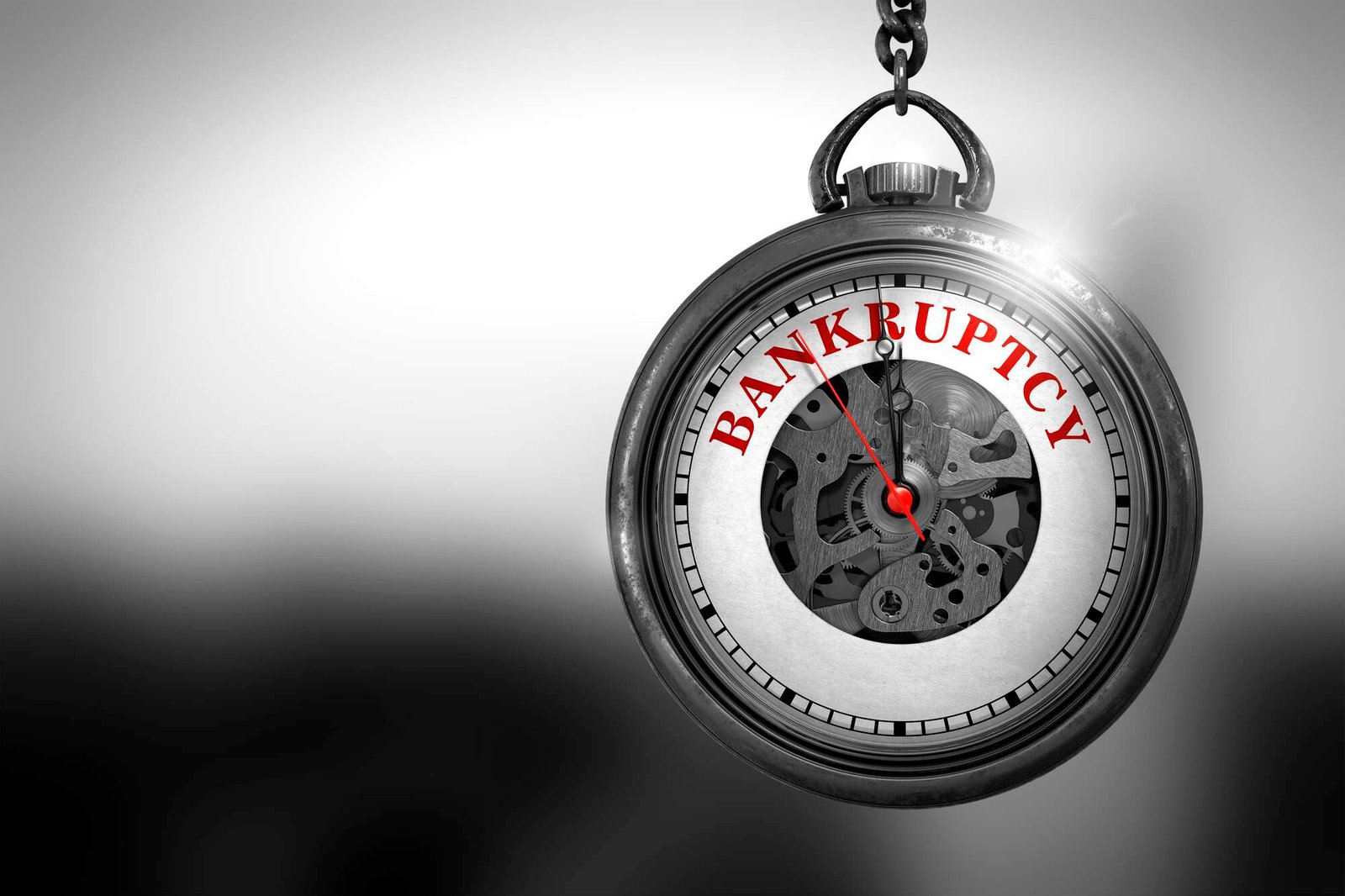[ad_1]
Economy
Bankruptcy applications decline to five-year low
Tuesday February 07 2023
Bankruptcy applications in Kenya have dropped to a five-year low, indicating the reduced reliance on the process as a debt resolution mechanism. FILE PHOTO | SHUTTERSTOCK
Bankruptcy applications in Kenya have dropped to a five-year low, indicating the reduced reliance on the process as a debt resolution mechanism.
Data from the Office of the Official Receiver, a department of the Business Registration Services, shows that 16 bankruptcy applications were filed during the fiscal year ended June 2022, down from 21 in the previous period, as the country pulled through the Covid-19 economic meltdown.
Voluntary bankruptcy applications by debt-distressed individuals dropped to 11 from 21 while filings initiated through creditors’ petitions shot up to five from zero in the previous period.
Bankruptcy filings have been on a steep decline over the years despite rising debts and sustained seizures and auctions of distressed properties, exacerbated most recently by the Covid-19 crisis.
But the drop in bankruptcy applications can be traced to the introduction of the 2015 Kenyan Insolvency Act which significantly shifted the focus towards the restoration of troubled firms to profitability.
“Introduction of the Act in Kenya in 2015 marked a paradigm shift in Kenya, from the previous requirement of insolvent companies to be wound up for the benefit of creditors, to the current requirement that insolvent companies first be administered in a bid to steer them back to profitability and the handover of control back to the directors of such companies,” CMS Law states in a note.
“Only where an insolvent company is deemed irredeemable should the liquidation be employed as a last resort.”
Read: Employees rights in the event of an insolvency
The legislative change nearly eight years ago explains why beleaguered firms including ARM Cement, Deacons, Nakumatt and most recently retailer Tuskys and Uchumi have remained going concerns despite having fallen into deep crises.
The introduction of qualifications for insolvency practitioners, including liquidators, administrators and bankruptcy trustees, has equally made it difficult for people and firms to file for bankruptcy as a means of evading debt payments.
As such, bankruptcy applications have sharply fallen from highs of between 300-500 a year before 2015.
Administration, voluntary or otherwise has been preferred to bankruptcy where a debtor enters an agreement with his or her creditors to settle debts in a specified period and manner.
Uchumi, for instance, has relied on a company voluntary agreement to keep creditors, including suppliers and bankers, off its back while Cytonn Investments initially chose a similar path to manage liabilities owed to investors in its Cytonn High Yield Solutions and Cytonn Real Estate Project Notes before the court ordered their liquidation following a vicious fight.
The data also show that the number of companies under voluntary liquidation in the 2021/22 fiscal year stood at 11, exceeding bankruptcy order applications by creditors’ petitions and a rise from five in the previous year.
The number of companies under administration likewise grew to 20 from six in the same period.
Restrictions imposed on bankrupt individuals have also proved to be a deterrent to the filing of similar applications.
A bankrupt individual cannot, for instance, enter into, carry on or take part in the management or control of any business, be employed by a relative of the bankrupt or be employed by a company, trust, trustee, or incorporated body that is owned, managed or controlled by a relative of the bankrupt.
An application for bankruptcy can only be preferred against Kenyan residents but can be imposed on non-Kenyan residents who have been in the country for the past three years preceding the application.
A creditor who files for bankruptcy against a debtor has to prove that the debt owed is equal to or exceeds Sh250,000.
Read: How and when a person can be declared bankrupt
For a debtor, one must prove that the value of his or her unsecured debts would not be less than Sh100,000 while the value of his or her estate would be valued at a minimum Sh500,000.
A court has to be satisfied that the debtor is not able to settle their debts and that a bankruptcy order would be just and equitable.
→ [email protected]
[ad_2]
Source link



